|
|
|
| |
| |
|
November 2021 - SOGI Supports
|
 |
|
|
|
|
|
|
|
|
|
|
|
|
What is SOGI? SOGI is an acronym representing Sexual Orientation and Gender Identity. Everyone has a sexual orientation and a gender identity. Sexual orientation describes how a person is emotionally, physically or sexually attracted to other people. Here are some definitions from the
HealthlinkBC website: Heterosexual (straight) - describes a person who is attracted only or almost only to the "other" gender. Homosexual (gay, lesbian, queer) - describes a person attracted only or almost only to those of the same gender. Bisexual - describes a person attracted to both men and women, though not necessarily equally or at the same time. Pansexual (or omnisexual) - describes a person attracted to those of any gender. Asexual - describes someone not sexually attracted to any gender. This is different from deciding not to have sex with anyone (abstinence or celibacy). Gender Identity is a person's internal and psychological sense of self as a girl/woman, boy/man, both, in between or neither. Some terms that people may use to define their gender identity include transgender and cisgender (gender matching one assigned at
birth). Two spirit is another term that is used within some Indigenous communities that can refer to sexual, gender, and/or spiritual identity. LGBTQ2 is an acronym for Lesbian, Gay, Bisexual, Trans, Two-Spirit, Queer, and additional identities. You may see other variations of this acronym as well. See the image below for a helpful visual of the spectrum of gender identity, expression, and sexual orientation.
|
|
|
|
|
|
Why is it important to be informed about SOGI? As in the population as a whole, LGBTQ2 identifying people will have a range of experiences with mental health, but the evidence suggests that LGBTQ2 people will disproportionately encounter mental health challenges more often.
Here to Help BC highlights this difference in experience: "Research shows that LGBT people have higher rates of mental health challenges than the general population. LGBT people often struggle with depression, anxiety, trauma and self-acceptance as a result of facing ongoing discrimination over their lifetimes. LGBT youth are about three to four times as likely to attempt suicide as their peers."Evidence suggests that prejudice, discrimination, abuse, bullying, and the resulting internalized negative messages can all play a role in those increased rates of mental health challenges. This underscores the importance of all members of a school community working to create safe and inclusive spaces that respect all sexual orientations and gender identities, and that starts with getting informed.

|
| |
|
|
|
|
|
|
Language Matters For a long time, society has ingrained the binary choice of he/him or she/her in our collective vocabulary. Using only these two pronoun choices excludes a segment of the population that may not identify with either of those, which can contribute to some of those previously mentioned negative internalized feelings. A good rule of thumb is to use gender-inclusive language (as in the image above), and avoid making assumptions about an individual's pronoun. When in doubt, ask. We can also make it easier for others to feel supported in communicating their own pronoun by communicating ours when we introduce ourselves to new people. This short video discusses pronoun use and their importance.

|
| |
|
|
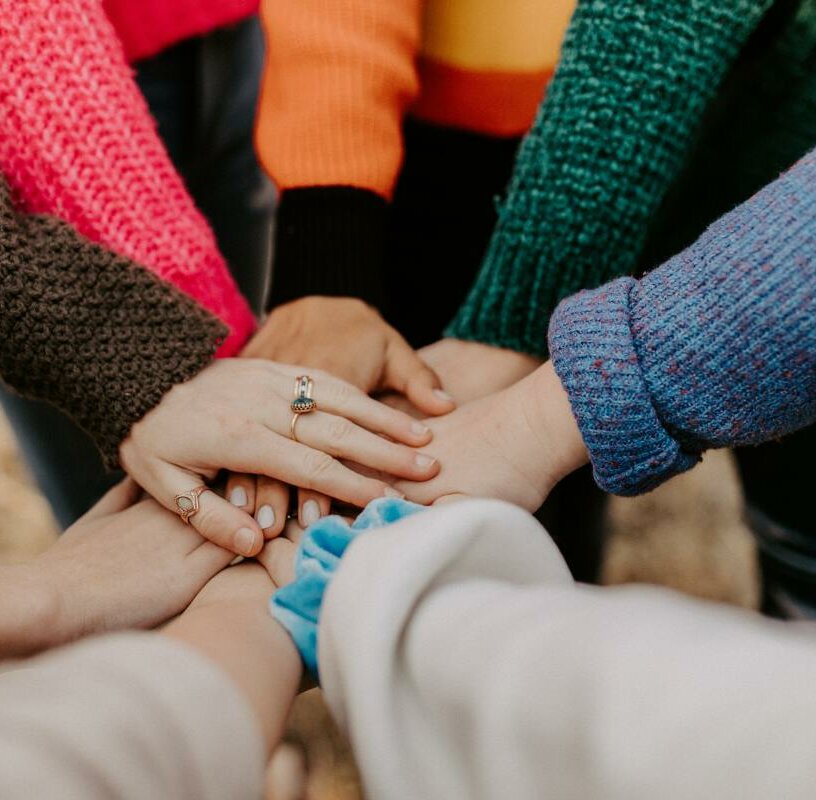 | Keys to Effective Allyship Being an effective ally takes work. These are some of the key steps anyone can take to help people identifying as LGBTQ2 feel supported and included:
Learn - Look for opportunities to gather feedback and perspectives from LGBTQ2 people in your community.
Reflect - Think about steps you have taken so far to learn or include everyone - are there ways to move further toward inclusivity and allyship?
Practice - Take small risks to ensure you are using gender-inclusive language or (safely) challenging language or actions of others that undermine inclusivity.

|
| |
|
|
|
|
Symbols of Allyship in Saanich Schools The above images from Royal Oak Middle Schoool (left) and Children's Development Centre (Right) are just a couple of examples of the ways that schools are creating supportive and inclusive environments for students in Saanich. The rainbow, with the colours of the LGBT pride flag, indicates that the school is a safe and inclusive space for all.
|
| |
|
|
|
|
SOGI 123
SOGI 123 helps educators make schools inclusive and safe for students of all sexual orientations and gender identities (SOGI). At a SOGI-inclusive school, students' gender does not limit their interests and opportunities, and their sexual orientation and how they understand and express their gender are welcomed without discrimination. The SOGI 123 website has wealth of videos, lesson plans, and other resources for educators, as well as information for families and frameworks for schools hoping to strengthen their inclusive practices. Importantly, the lesson plans on this site connect directly with BC's curriculum, and summarize the big ideas, curriculum competencies, and link to a downloadable document of the full lesson plan. Some lesson plans are available for download in French, with more on the
way. Elementary Lesson
Plans
Secondary Lesson
Plans
Resources for Educators
|
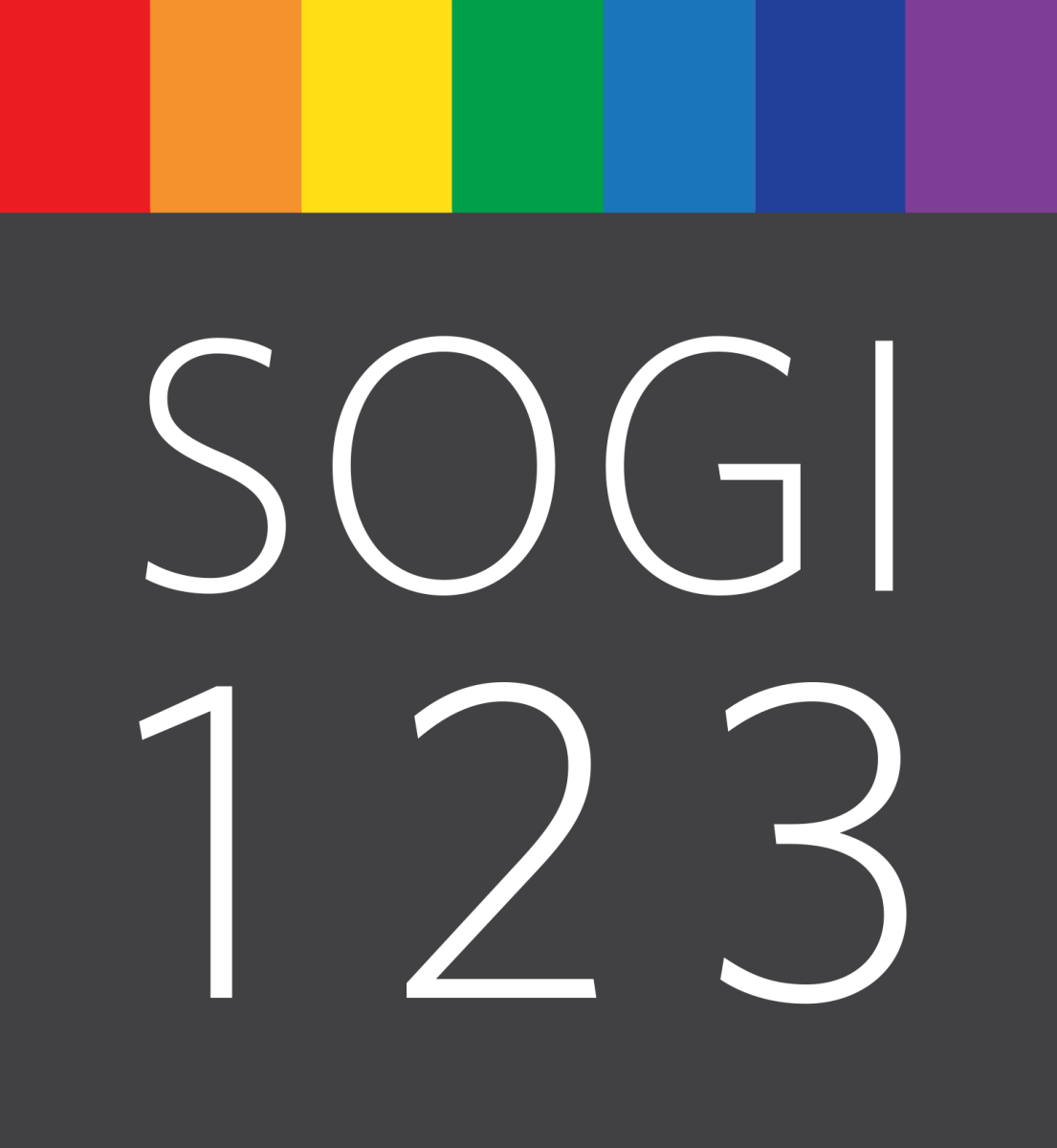 |
| |
|
|
Video - Creating Inclusive Environments SOGI 123 Has so many useful resources beyond lesson plans. This is a video that speaks to the power of small inclusive gestures, and some tangible ideas about ways we can all take these steps in our professional practice.

|
| |
|
|
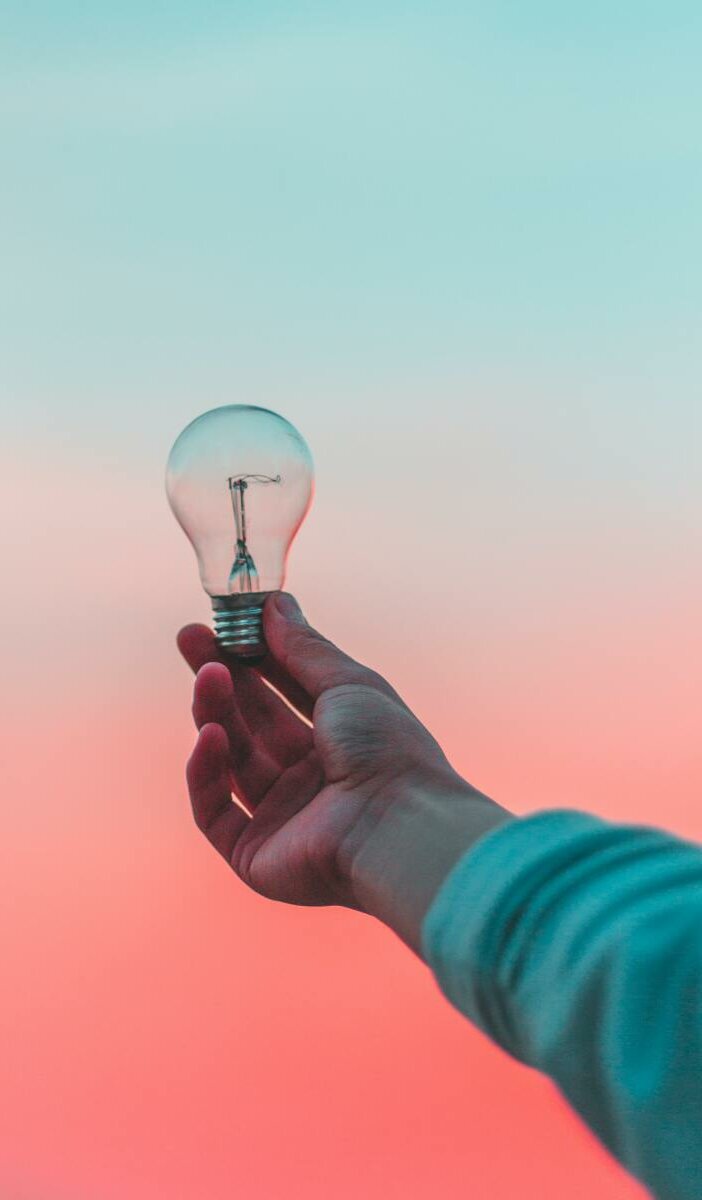 |
Starting Point Ideas Our actions need not always be large scale to make an impact. If you are excited about strengthening the SOGI-inclusivity of your classroom and looking for a starting point, check out these tips from
SOGI 123: Use inclusive student titles. Instead of “boys and girls” try referring to “students”, “everyone”, or “class”. Take it up a notch by evoking excellence with categories like “scholars”, “mathematicians” or “athletes”.
Make room for students to do anything regardless of gender. Explicitly counter stereotypes. Repeat often. The root of a lot of homophobia and transphobia is the idea that boys must be a certain way and girls must be a (different) certain way.
Make your classroom visibly inclusive by displaying rainbow “safe space” stickers or posters portraying a variety of families. This sets the tone for what is expected in your class and lets students who are not yet ready to speak up know that you are a safe person.
|
| |
|
|
|
|
|
|

| Consider Books to start the conversation Reading to your child, reading together, and modelling joy of reading are
all important contributors to healthy child development. Reading can also
help us develop empathy and learn about others. Whether through reading together with your child at bedtime, reading as a class, or reading independently, books can be a powerful way to broaden our worldview and see experiences through the eyes of another. Ask your school's Learning Commons Teacher for age-appropriate recommendations of books that start the conversation about sexual orientation or gender identity.
|
| |
|
|
Supporting Your Child's Gender Identity Development Parents or caregivers may have questions about how to support healthy development of gender identity and development. The Canadian Paediatric Society provides a number of recommendations, including:
Talk with your child about gender identity. As soon as your child is able to say words like “girl” and “boy,” they are beginning to understand gender.
Ask questions! This is a great way to hear your child’s ideas about gender.
Read books with your child that talk about many different ways to be a boy, a girl, or having another gender identity.
Don’t pressure your child to change who they are.
Find opportunities to show your child that transgender and gender-diverse people exist and belong to many communities who appreciate and love
them.
Love your child for who they are!
|
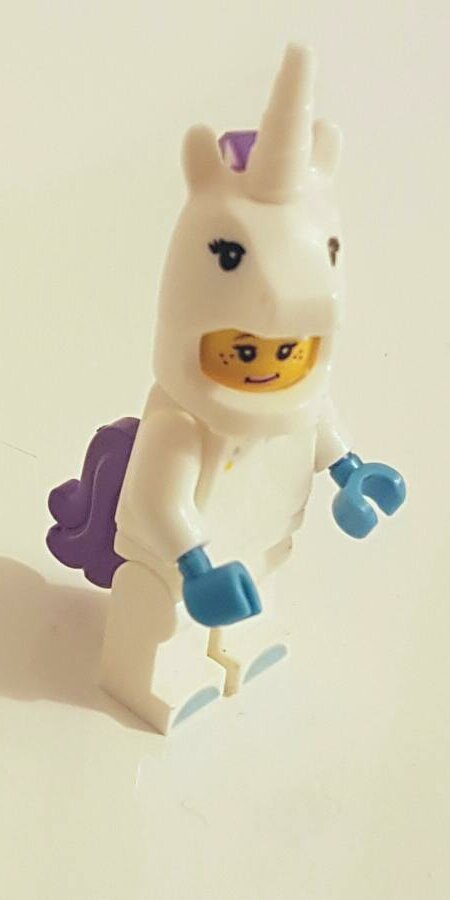

|
| |
|
|
|
|
|

|
TransCare BC Trans Care BC is a provincial program working to enhance and coordinate trans health services and supports across the province, bringing gender-affirming care closer to home wherever possible.
Trans Care provides information on trans health and wellness and help with accessing health care and navigating the health care system. Trans Care's information and consultation services are accessible to all residents of British Columbia by email and phone.

|
|
|
QMunity QMUNITY is a non-profit organization based in Vancouver, BC that works to improve queer, trans, and Two-Spirit lives. Much of their programming and resources are available online, and they even have a dedicated section for youth, with online groups and forums addressing common concerns and questions.

|
 |
|
|
|
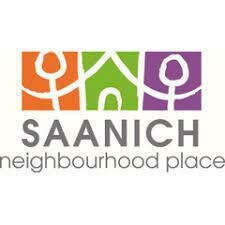 | Saanich Neighbourhood Place
Saanich Neighourhood Place offers a program called SAFER Youth. SAFER Youth is a facilitated discussion group offering a safe place to talk, find support and ask questions for youth who are on a journey towards realizing their true identity. Open to all non-binary, gender fluid, and/or trans youth up to nineteen years of age. SNP also offers a current parent program for parents of youth in the SAFER program. Both programs are currently full, but a new session will open after the winter break. SNP also offers individualized support for youth or their parents, and can help connect to additional resources if needed. Please
connect with SNP to explore their offerings.
|
| |
|
|
Virtual "Queer Cafe" at the Foundry Queer Cafe invites Young people ages 12-24 who identify as LGBTQ2IA+ (Lesbian, Gay, Bisexual, Transgender, Queer/Questioning, Two-Spirit, Intersex, Asexual/Aromantic/Agender, or another gender or sexual orientation minority) to meet over Zoom for activities and conversation in a supportive, inclusive environment. The Queer Café is facilitated by youth peer supporters from Foundry Virtual who identify as LGBTQ2IA+ and features a mix of activities, discussion, games, workshops, and more!

|
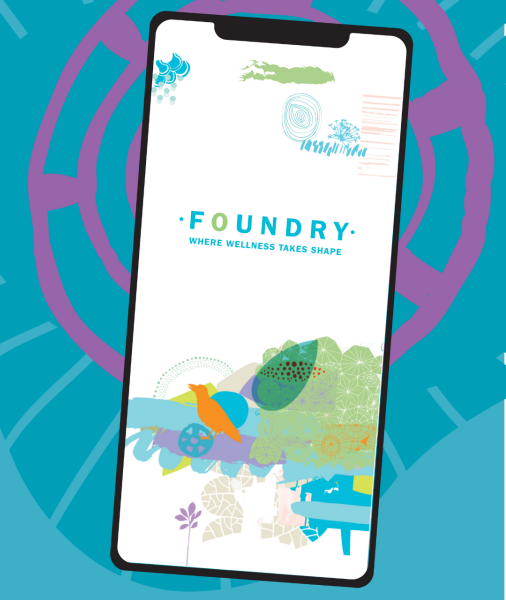 |
| |
|
Saanich Recreation Youth Spaces Saanich Recreation offers two weekly opportunities for LGBTQ2 youth to connect and participate in activities in a safe
space. The 2SLGBTQ+ Social for youth takes place at the Upside Youth Centre every Monday after school, from 3:30-5:30. "A programmed after school of fun for 2SLGBTQ+ Social Youth! Safe space to be yourself and connect with a youth leader and peers. Play games, make crafts, spend time outside and connect with our
staff." The LGBTQ2IA+ Youth Night takes place at the Teen Centre at Gordon Head Recreation Centre every Wednesday from 7:00-9:00PM. "This safe space program is for self-identified youth who are queer, trans, two-spirit and their allies. Youth mentors facilitate a fun hang-out space for youth to meet new folks, socialize and just be themselves." Please follow the links to register or connect
with Saanich Recreation for more info.
|
|
|
|
|
|
|
|
...And don't forget about SD63's Mental Wellness Hub This site compiles both local and online mental health and wellness resources for families and educators, and is updated monthly with new resources.
|
| |
|
|
|
| |
|
|
|
|
|
|
|
|
| |
|